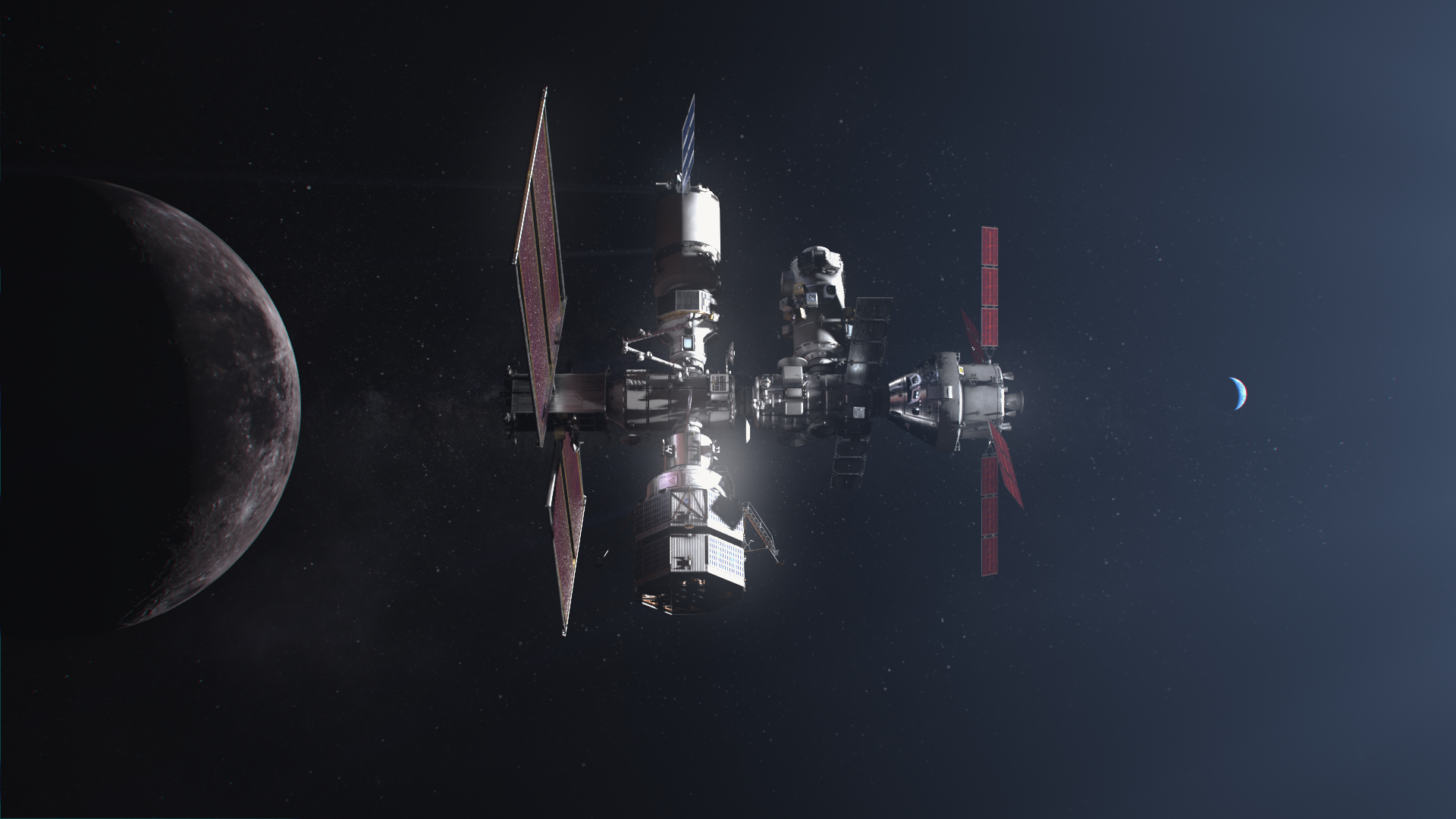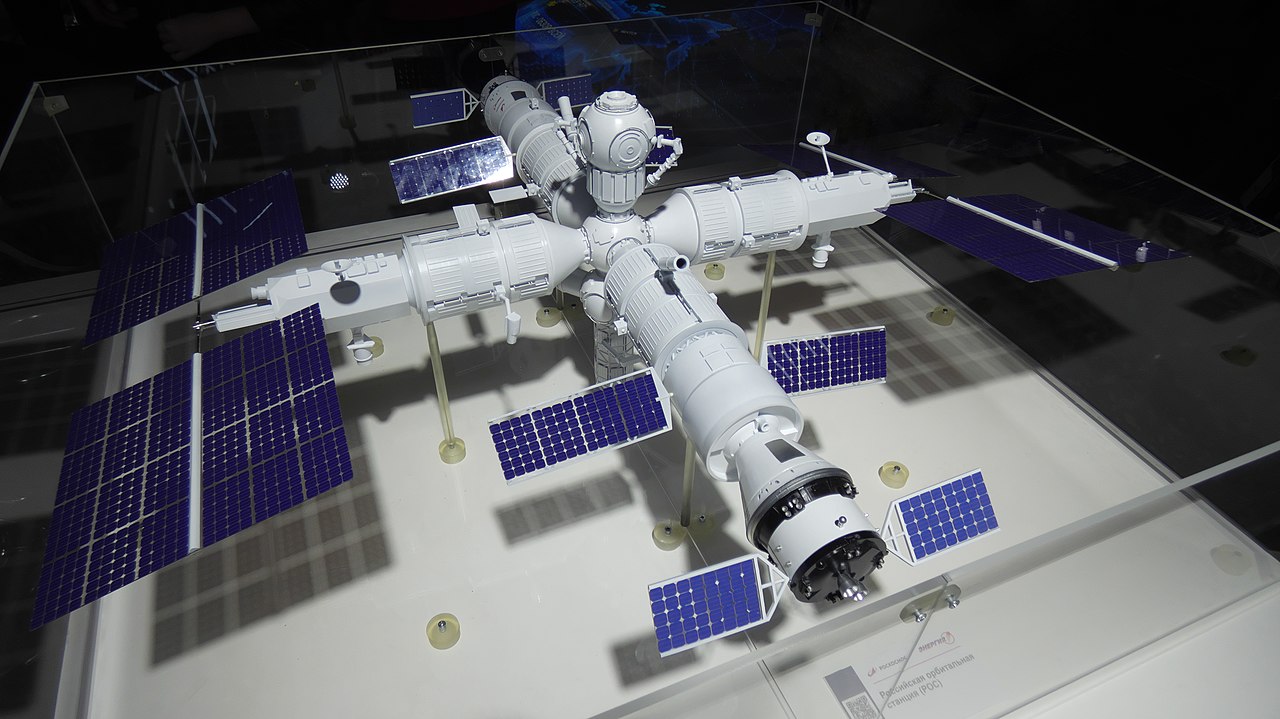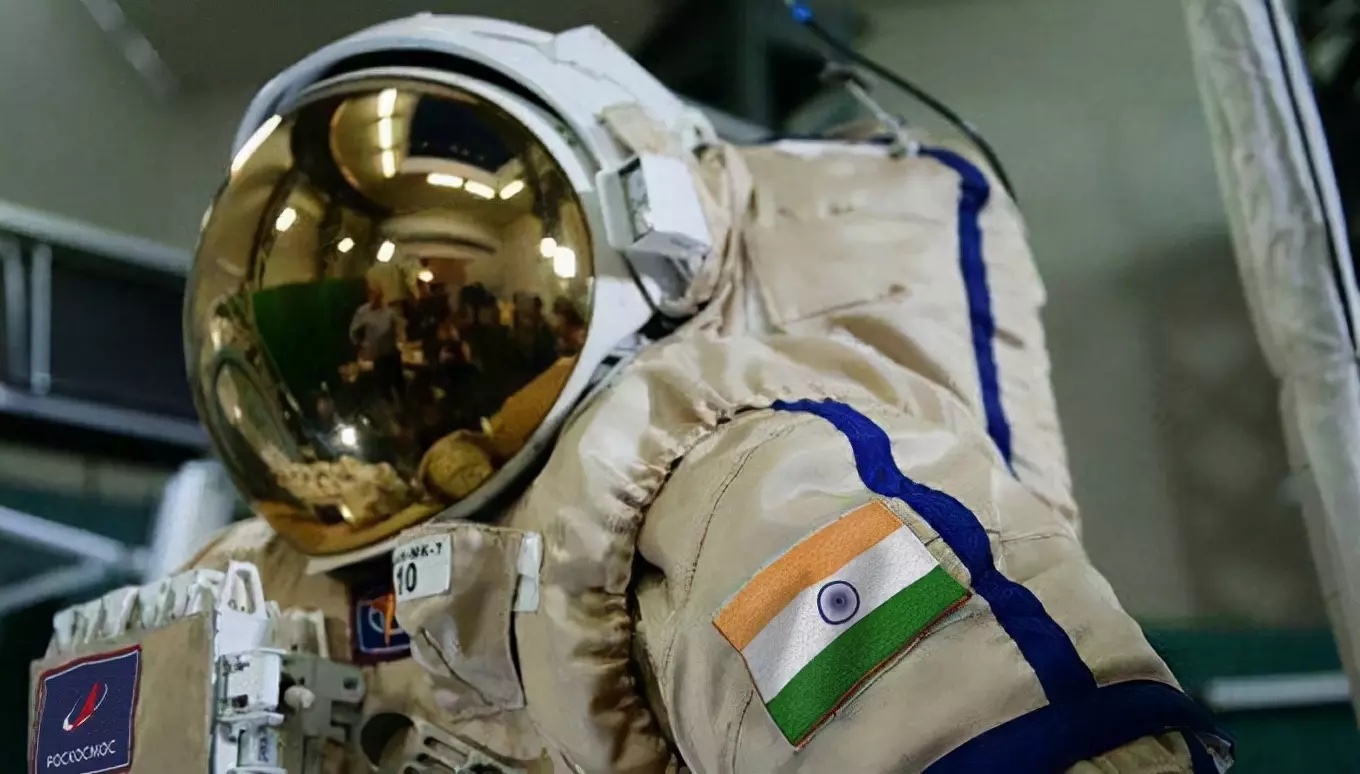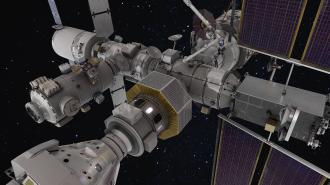This article is an installment of Future Explored, a weekly guide to world-changing technology. You can get stories like this one straight to your inbox every Thursday morning by subscribing here.
For more than 20 years, the International Space Station (ISS) was humanity’s only off-world home, but today, two continuously occupied space stations are orbiting Earth — and the number could increase dramatically in the near future.
The background
After proving in the 1960s that they could send people to space and the moon, the US and the Soviet Union (USSR) shifted their focus in the 1970s to building spacecraft that could serve as temporary habitats for humans in Earth’s orbit.
Once established, these space stations could be used to observe both space and Earth, conduct microgravity research that would be impossible otherwise, and help prepare astronauts for longer missions throughout the solar system.
Both nations launched and crewed smaller, temporary stations in the 1970s, including the US’s Skylab. Following the success of the first permanent station (the USSR’s Mir) in the ‘80s, the Russian and American space agencies teamed up in the ‘90s to build the International Space Station, along with Japan, Europe, and Canada.
The first crew arrived at the ISS in November 2000 — about five months after the last crew left Mir — and the space station has been continuously occupied ever since then, delivering scientific breakthroughs in astronomy, physics, medicine, and more.
It’s starting to show signs of age, though, and in January 2021, NASA announced plans to deorbit the ISS in 2031.
The International Space Station has been continuously occupied since November 2000.
Beyond the ISS
For two decades, the ISS was the only occupied space station, but in April 2021, China launched the first module of Tiangong, a space station capable of supporting three astronauts. Within two months, it received its first crew and has been occupied ever since.
Today, a handful of new space stations are in development, and unlike in the past, they aren’t all the work of national space agencies. Here are some of the ones most likely to get off the ground in the near future.
Lunar Gateway
Instead of building another space station where the ISS is — about 250 miles up, in low Earth orbit (LEO) — NASA has teamed up with Canada, Europe, and Japan’s space agencies to build one near the moon, nearly 240,000 miles away.
NASA plans to begin assembling this space station, dubbed the Lunar Gateway, in 2024, and it expects it to play a pivotal role in its plans to maintain a human presence on the moon and eventually send astronauts to Mars and beyond.
“Through Gateway, NASA is extending more than 20 years of discovery, research, and international collaboration in low Earth orbit to deep space, starting at the moon,” said Dan Hartman, Gateway Program manager.

Russian Orbital Service Station
In 2022, Russia announced that it would be pulling out of the ISS in 2024 in order to focus on building its own habitat in LEO, the Russian Orbital Space Station (ROSS).
Russia’s current plan is to build ROSS in two stages, with the first launching sometime between 2025 and 2030 and the second between 2030 and 2035. After the first stage launches, Russia will begin sending crew to the space station for extended stays twice per year, rather than keeping it permanently occupied.

ISRO Space Station
India’s space program isn’t quite as capable as the US, Russia, or China’s, but the nation is currently preparing to launch its first crewed mission to space in 2024 and has plans to start building its own space station in 2035.
This station is expected to be small, weighing just 22 tons, compared to the ISS’s more than 440 tons, and India envisions astronauts occupying it for just 15 to 20 days at a time.

Going commercial
While NASA doesn’t plan to build another space station in LEO, it is helping several private companies develop their own space stations closer to home.
One of those companies, Axiom Space, received a NASA contract in 2020 to build up to four modules that could attach to the ISS as soon as 2025 and then detach to orbit freely once the ISS deorbits.
The following year, NASA announced that it was giving three companies — Nanoracks, Blue Origin, and Northrop Grumman — a total of $415 million to build their own commercial space stations in LEO. Those are all scheduled to be ready for habitation by 2030.
“My attitude is if you pay your rent and you don’t break my space station then I’m happy.”
Brent Sherwood
The idea is that NASA will be able to rent space aboard one or more of these stations after retiring the ISS in 2031. Meanwhile, the owners of the stations will also be able to serve other customers interested in accessing space.
“It’s like a traditional business park,” Brent Sherwood, Blue Origin’s director of advanced development programs, told TIME in 2022. “We do the utilities — the sewers, the power lines, all the stuff that makes it usable.”
“The tenants have their own business model, whatever it might be — maybe a filmmaker or a national laboratory or a space agency,” he continued. “But my attitude is if you pay your rent and you don’t break my space station then I’m happy.”

Though it doesn’t have the backing of NASA, Airbus — the world’s largest manufacturer of airliners — is also developing a tri-level space station, “LOOP,” that it sees as a viable replacement for the ISS.
This swanky space station concept has room for four to eight astronauts and features a greenhouse, a science deck, and a centrifuge level to simulate gravity conditions.
“The Airbus LOOP is designed to make long-term stays in space comfortable and enjoyable for its inhabitants, while supporting efficient and sustainable operations at the same time,” Airbus said in a statement.
The big picture
It’s not yet certain that any of these other space stations will come to fruition, and it’s even less certain whether the market for space access will be large enough to support all of the commercial ones if they do launch.
“I would love to be optimistic and say, yes, all four are going to be hugely successful, but the market is what’s going to drive this,” Rick Mastracchio, Northrop Grumman’s director of business development, told TIME.
Still, the more space stations we have in orbit around Earth or the moon, the more opportunities there will be for off-world tourism, entertainment, manufacturing, and scientific research — the kind that could one day help us establish space stations throughout the solar system.
We’d love to hear from you! If you have a comment about this article or if you have a tip for a future Freethink story, please email us at [email protected].




